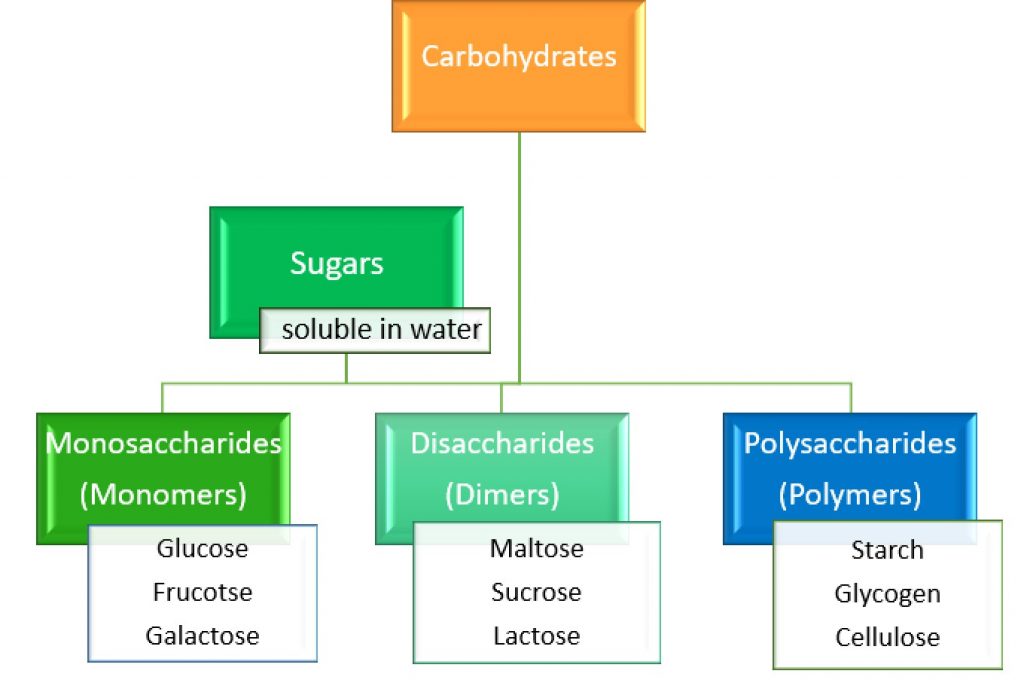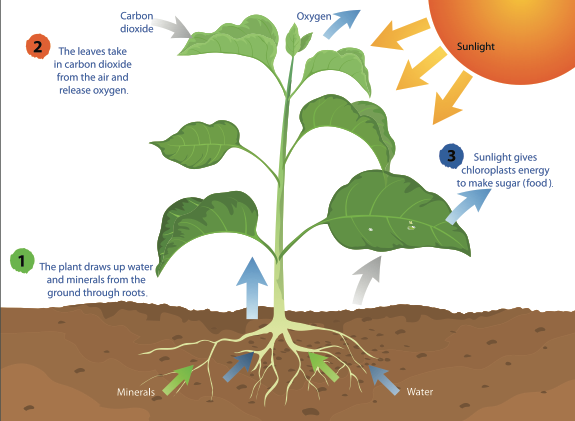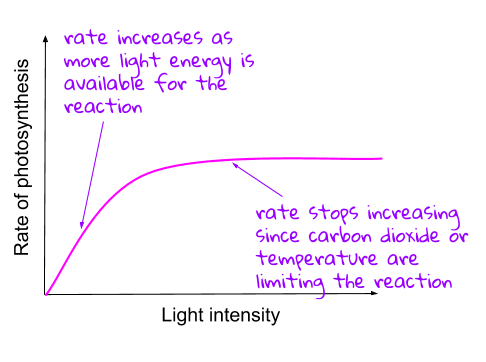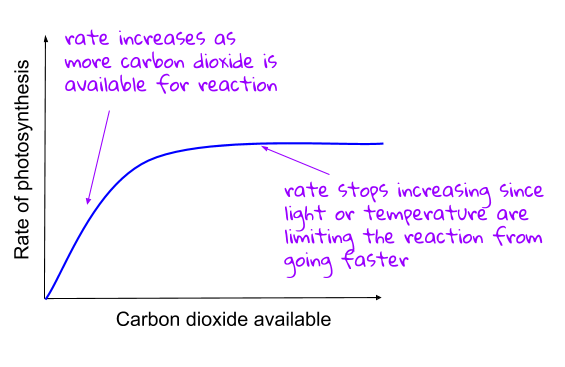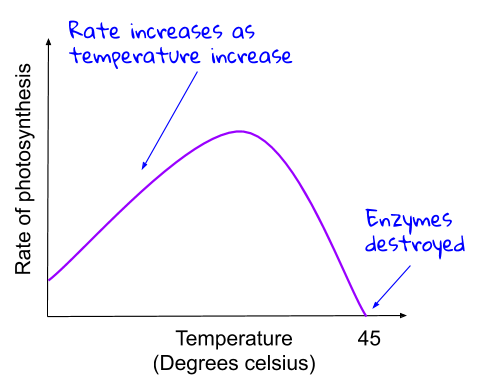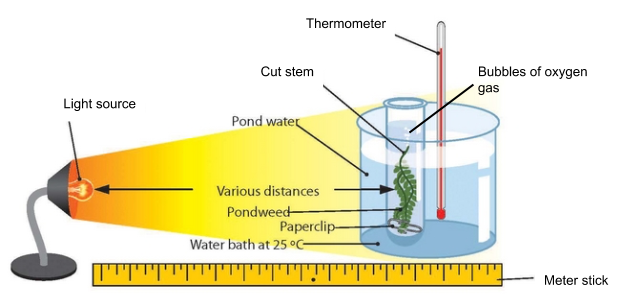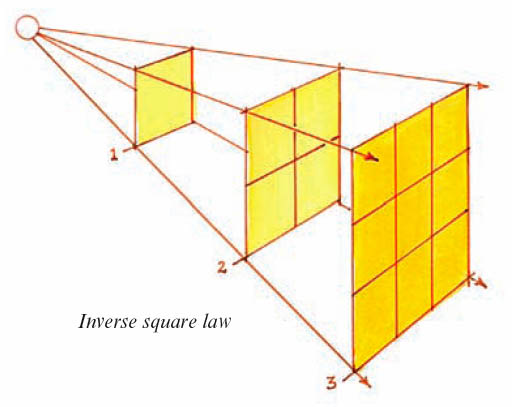Bioenergetics
Photosynthesis Basics
Photosynthesis is a chemical reaction that happens inside plants to produce ‘food’ (glucose). This happens in the chloroplasts within plant cells. __The chloroplasts contain a green pigment, called chlorophyll __- this is why leaves are green! This reaction needs energy to happen, this energy comes from the sun! That’s why this is an endothermic reaction (endothermic means that energy needs to be put in).
The word and symbol equations for photosynthesis are:
Glucose in Plants
Uses of glucose from photosynthesis:
__Respiration __
Respiration happens in all living organisms
Respiration is the breakdown of glucose to produce energy
__Making cellulose __
Glucose is used to make cellulose. Cellulose is used to make strong cell walls
__Making amino acids __
Glucose comes together with nitrate ions to form amino acids
Proteins are made up of amino acids.
If the glucose is not needed straight away, the plant stores the glucose by converting it into:
__Lipids __
Lipids are fats. Plants store these fats in seeds
__Starch __
Starch is stored in seeds, leaves, stems and roots
The plant converts the starch back into glucose when photosynthesis isn’t happening as much (i.e in winter).
Photosynthesis Rates
Certain factors can limit the rate of photosynthesis.
These include:
- Light intensity
- Temperature
- Carbon dioxide available
Light intensity
The more light there is available for the plant, the more energy it has to react. The rate of photosynthesis increases with light intensity. However, this doesn’t carry on happening, it’ll reach a point where it can’t react any faster since there isn’t enough carbon dioxide or temperature to react faster.
Carbon dioxide available
The more carbon dioxide there is available for the plant, the more carbon dioxide it has to react. The rate of photosynthesis increases with the amount of carbon dioxide gas available. However, this doesn’t carry on happening, it’ll reach a point where it can’t react any faster since there isn’t enough light or temperature to react faster.
Temperature
Enzymes biological catalysts that speed up reactions in living organisms. There are enzymes in plants that speed up photosynthesis too! Enzymes need to be kept comfortable! If they get to hot, they denature and don’t work anymore! So the graph for temperature looks a little different to that of light intensity and carbon dioxide levels.
- At low temperature, the enzymes work slowly.
- As temperature increases, the enzymes work faster, speeding up the rate of photosynthesis
- At around 35℃ some of the enzymes begin to denature and stop working. This slows down the rate since there are less enzymes to help the reaction.
- At around 45℃, all of the enzymes denature and stop working . This stops photosynthesis, since there are no more enzymes to help the reaction.
Investigation of Photosynthesis Rates
__Remember that the equation for photosynthesis is: __
You can investigate the rate of photosynthesis using the equipment below:
Pond weed is used since we can easily see the oxygen gas coming off the pond weed. Since the pond weed is in water, the oxygen gas will come off the surface of the plant as a bubble! The more bubbles coming off the plant, the higher the rate of photosynthesis
The pond weed can be kept in a water bath or it can be done without a water bath. A water bath can help the enzymes work most efficiently and you can also make sure that the lamp isn’t heating up the pond weed and the affecting results.
You should be able to see that the further away the lamp, the less bubbles are produced.
You can also record the rate of photosynthesis more accurately by placing a bung and syringe over the test tube. This collects any gas that is released from the pond weed. You can calculate the rate by dividing the volume of gas produced by the time taken to produce. If you do this for different lap distances, you can see how photosynthesis rate is affected by light intensity.
Inverse Square Law of Photosynthesis
__The inverse square law states that the intensity of light is proportional to: __
This is because it is spreading out in a sphere. So if you double the distance from a light source, the light intensity with quarter.
The unit is arbitrary for these calculations, so you can write ‘a.u’ as your units of light intensity. This is because the light intensity is only PROPORTIONAL to 
Example 1
Use the inverse square law to calculate the light intensity when the lamp is 2cm away from the pond weed.
Example 2
Use the inverse square law to calculate the light intensity when the lamp is 6m away from the pond weed.
Artificial Control of Plant Growth
If someone were to artificially grow plants, the best place to do it is in a greenhouse. You will need to know how to balance the cost, product quality and product quantity of growing artificial plants. These are usually 6 marker questions!
The main things you need to consider are:
- __Temperature __- can be controlled by a heater in the winter or by shades in the summer.
- __Light __- artificial light is often used during night time and dark winter days
- Carbon dioxide concentration - a paraffin heater can be used to heat the plants, this also releases carbon dioxide as the paraffin burns.
- Health of the plants - keeping the greenhouse closed prevents pests from entering the greenhouse and eating/infecting the plants. Fertilisers are usually added to the soil to make the soil more nutrient rich for the plants.
- __Cost __- controlling the conditions of the greenhouse can be costly. You will need to interpret data and determine whether the cost is worth the quality and quantity of the product. It is important for the farmer to supply the plants with what they need to become high quality goods, but it’s also important to gain a profit from the sale of these plants.
